Knit & Crochet with Goat (and Rare) Yarns!
Like a lot of new knitters and crocheters, I started with acrylic yarn. It was inexpensive, came in a wide variety of colours and was readily available. It was the perfect yarn for someone who was just learning and making a lot of mistakes. As I became more experienced, I discovered merino wool and then bamboo, followed by other natural fibres. As I worked with these yarns, I started to notice that my projects lasted longer and wore better. Then, in February 2014, I learned to spin and I took a deep dive into the world of fibre. While knitters and crocheters often have only a limited selection of breeds for their yarn, spinners have access to a vast choice of fibres when it comes to creating yarn, with fibres like from goats, rabbits and yak!
For me, learning about the five different categories into which fibre is classified and how their properties affect my yarn really helped me build a solid foundation of knowledge. This foundation has shaped so much of my journey in the fibre arts, and I think a few of the basics about each of these categories is a really important place to start.
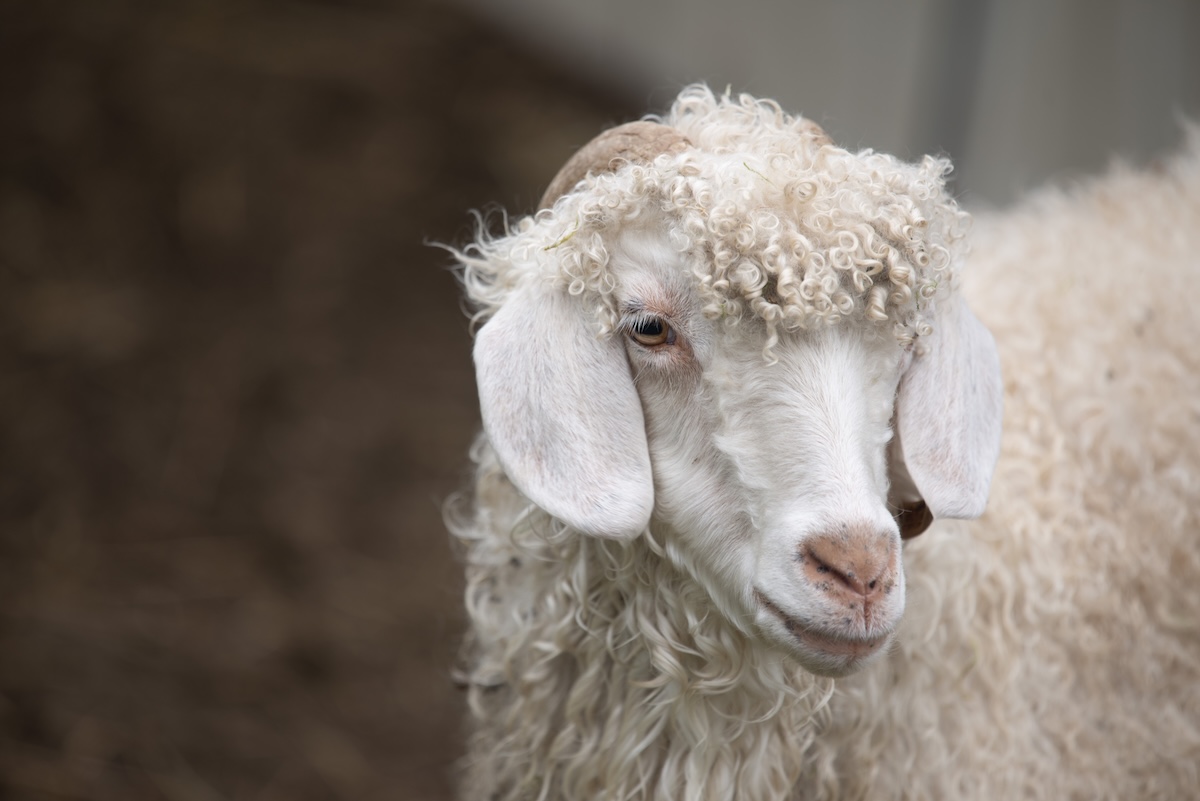
Categories of Fibres Found in Yarn
Wool Fibres
First up, we have wool. Despite how some companies market their product, wool comes from sheep and only from sheep. There are over 1400 different breeds of sheep in the world, and each of these sheep’s fleeces has different properties. These properties are defined by micron count, crimp and staple length.
Micron count measures how thick or thin each individual fibre is. The smaller the micron count, the softer the fibre. Crimp is what gives wool its resilience and bounce. The crimpier the fibre, the more bounce it has. This resilience is what gives wool its ability to bounce back into shape after it gets stretched out with wear – the crimp, which gets reactivated in water, is what pulls the garment back together. Staple length is how long a fibre is from the shorn end to the tip. This plays a part in how yarn is spun and can affect how much pilling a yarn is prone to. In general, longer stapled fibres have more drape than shorter stapled fibres and also tend to pill less. Wool, for the most part, is made from keratin and has a solid core.
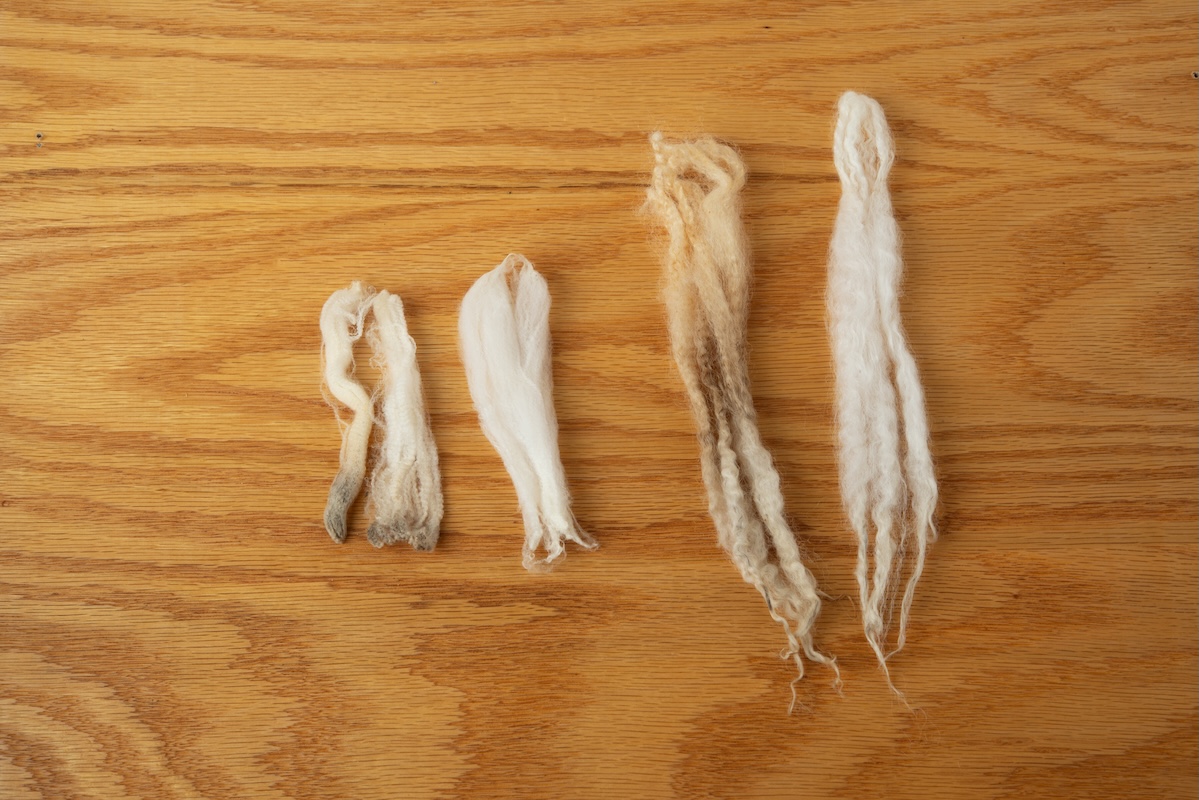
Hair Fibres
Next up, we have hair fibre, which is what comes from all the other mammals that we source fibre from. This includes animals like alpacas, bison, camels, cats, dogs, goats (cashmere and mohair), llamas, musk ox (quivit), possums, rabbits (angora), and yak. Hair fibre is also made from keratin, but in contrast to wool, it usually has a hollow core. This hollow core traps air inside, which makes these fibres really warm and light.
In general, hair fibres have a finer micron count than most wool, which accounts for a lot of them being prized for their softness. Hair fibres do not have the same resilience as wool, as most hair fibres lack crimp – the quality of wool that pulls the garment back together. I’ve heard lots of stories of people who have knit sweaters from 100% alpaca yarn, only to have it “grow” as it has been worn. Unfortunately, no amount of blocking will return those garments to their original shape. With 100% hair fibres, it is really important that your gauge is perfect in order to give the fibres enough support so that they will be less likely to stretch out. The other way to give hair fibres resilience is to mix them with wool in the carding process. They actually make a perfect pair. The wool provides structure and resilience, and the hair fibres add warmth, softness or sheen, depending on the fibres that are used.
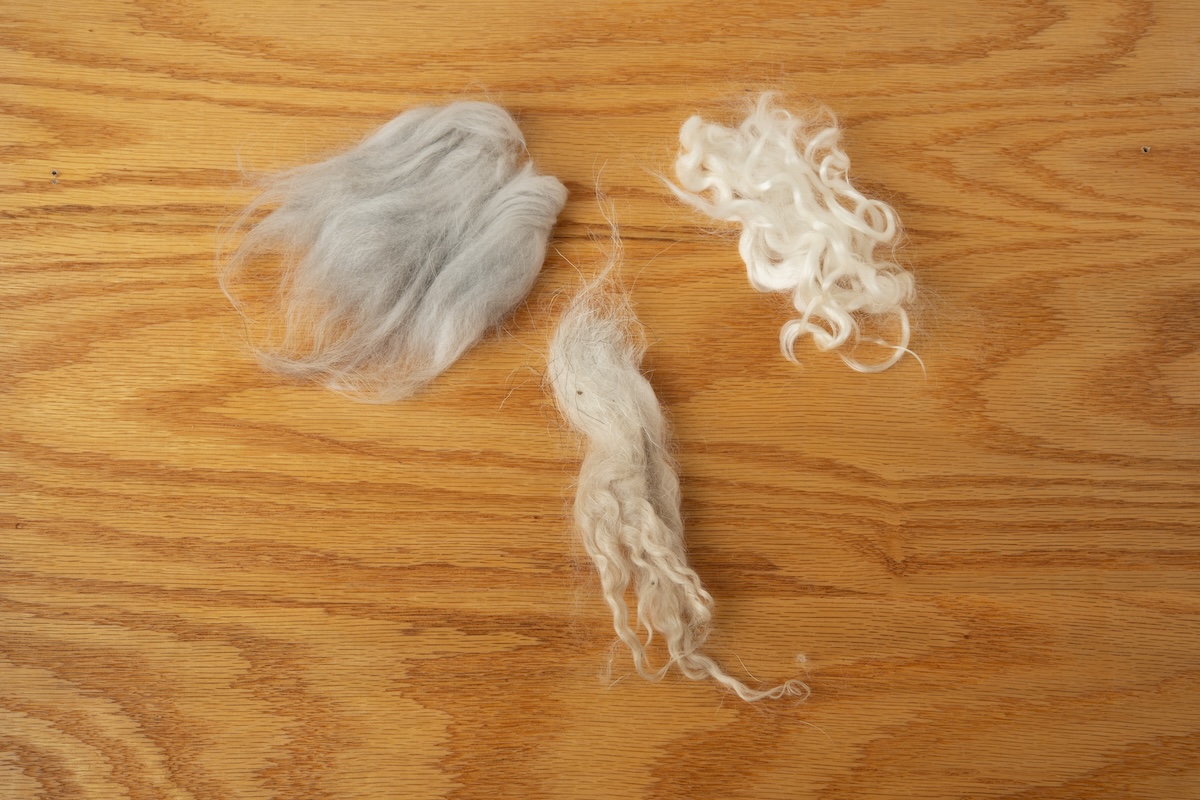
Silk Fibres
The third category is silk. There are several different varieties of moths that create silk, but the most common is the Bombyx Mori. Silk is prized for its lustre, drape and strength and is thought of as a luxury fibre. Like wool and hair fibres, silk has thermal properties and is sometimes used in the production of luxury silk base layers. It is often mixed with wool to add shine, drape and depth to the fibre we spin or knit with. Silk does not stretch as much as hair fibres and does not have the same elasticity as wool.
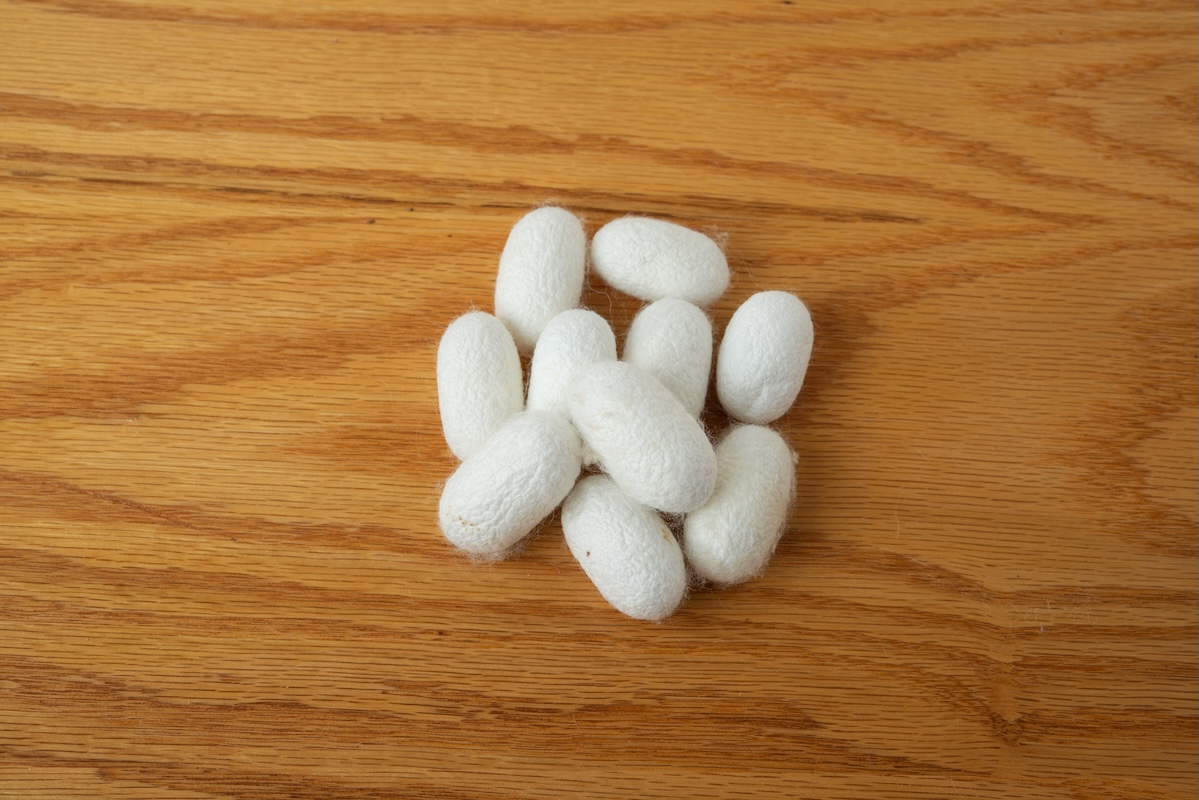
Cellulose Fibres
The fourth category is cellulose fibres, which come from plants. These are fibres like cotton, flax (linen), hemp, and stinging nettle (ramie). Unlike protein fibres (wool, hair and silk), cellulose fibres do not have any thermal properties and are more commonly used for warm-weather garments or home goods such as tea towels or napkins. They have great absorbency for water but will be damp against your skin if wet.
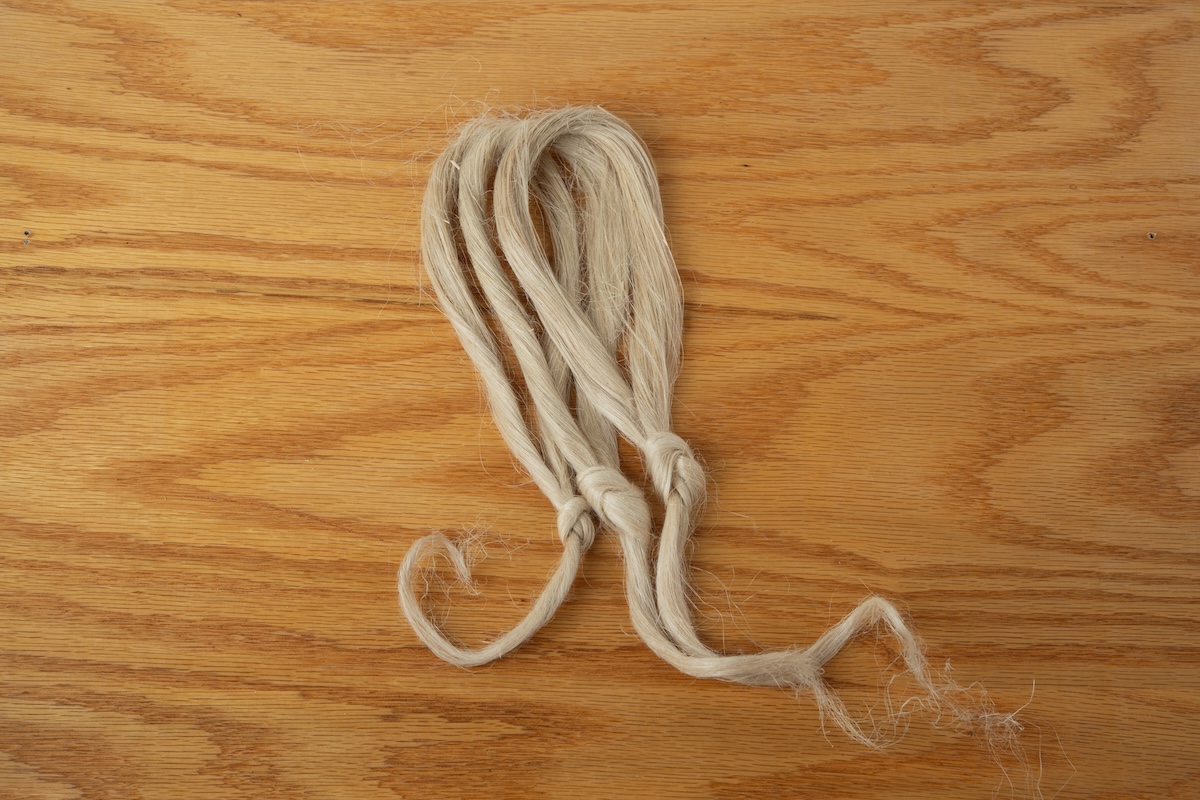
Synthetic Fibres
The last category is synthetics and man-made fibres. In this category, you will find materials like acrylic and nylon, which are made from a polymerization process, but also fibre like bamboo viscose, corn, lyocell (wood pulp), rose, seacell (a mix of wood and seaweed), and milk. While these last fibres appear to come from a natural source, they are actually extruded through a chemical process and differ from cellulose fibres in that they cannot be spun directly from the plant. From synthetic fibres, you can get durable, soft, long-lasting or inexpensive qualities.
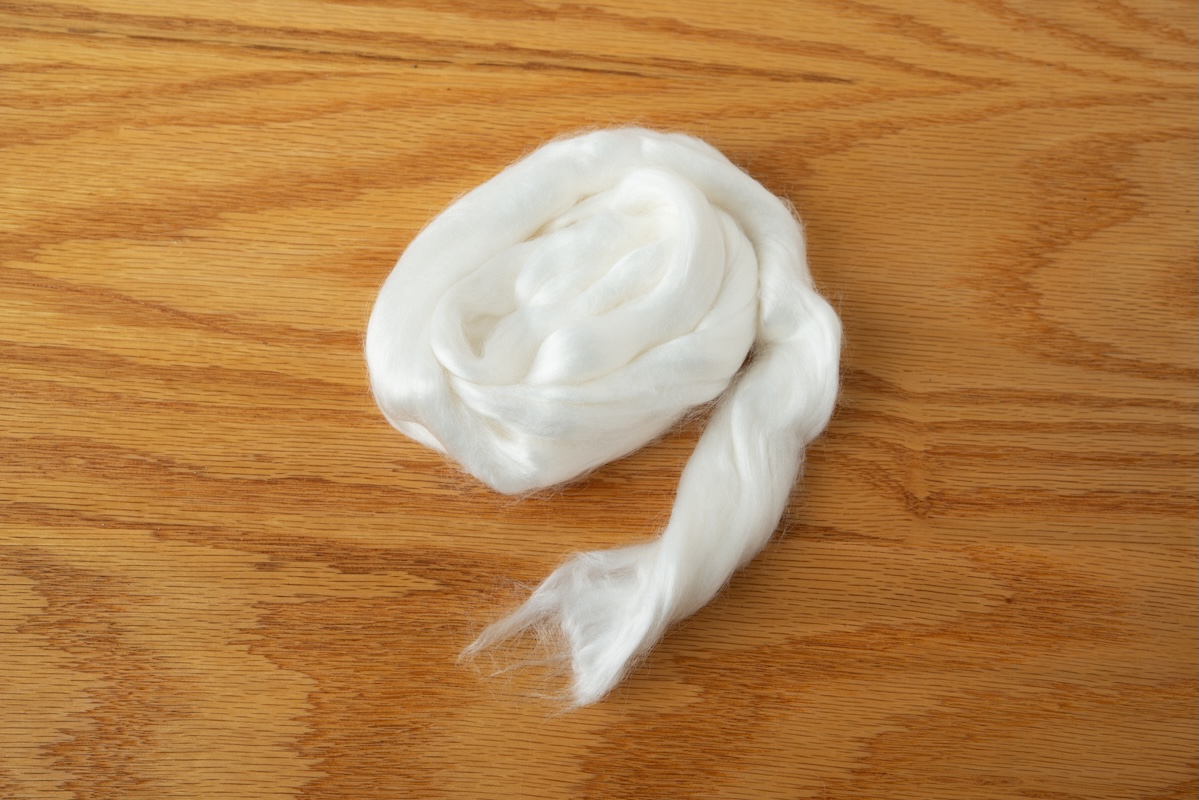
Knitting & Crocheting with Goat Yarns
Now that the foundation is laid, let’s take a deeper look into working with goat fibres and yarns. There are more than 300 different breeds of goats. Angora goats produce a single coat called mohair, which is not to be confused with the Angora rabbits. Other goats produce a hairy overcoat, which is often discarded, and a downy undercoat, which is collected as cashmere. The quality and fineness of cashmere are directly related to the region in which it is grown. There are also goats that are crossed between an Angora goat and a cashmere-producing goat. The resulting goats are a breed called cashgora, and using their fibre in yarn is soft like cashmere but with more body like mohair. A deeper exploration of goat crosses will reveal other breeds like pygora and pizazz, which also produce downy, cashmere-like fibre. These other fibres are not readily available to knitters but can occasionally be found for spinners to use.
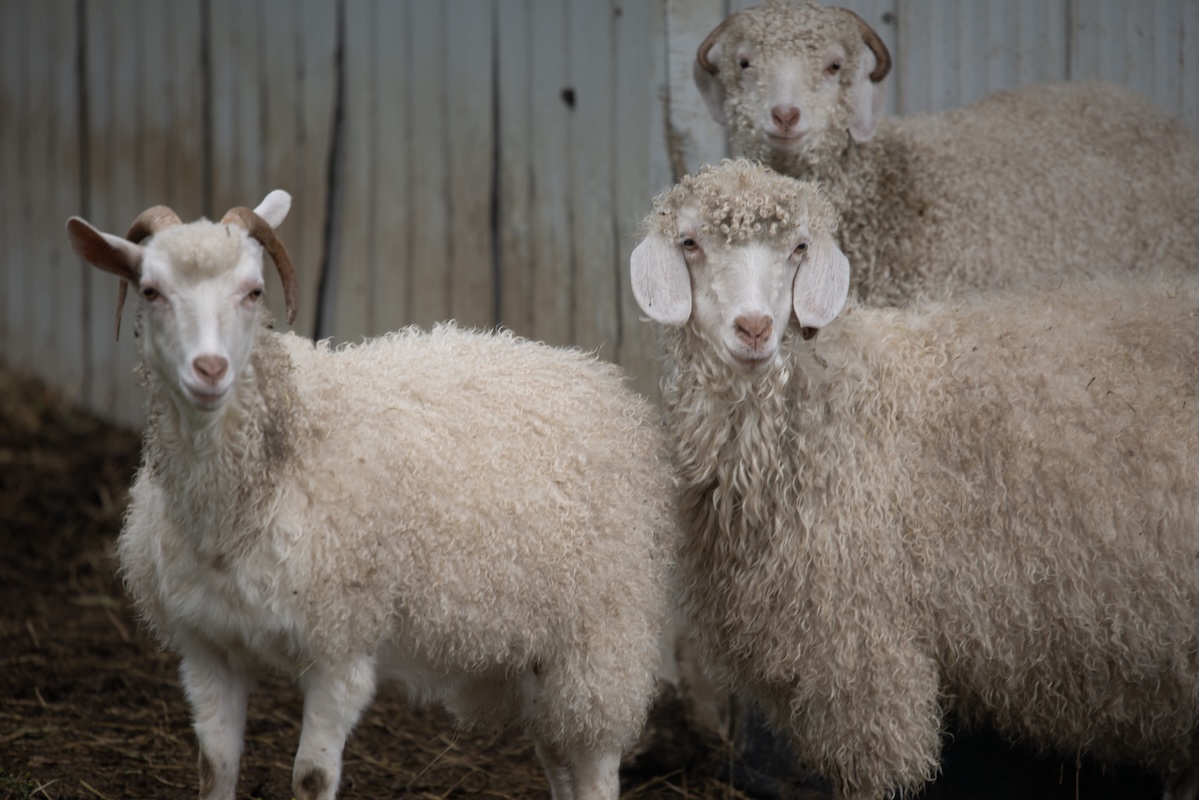
Mohair (Angora Goat) Yarns
Angora goats were so named to reflect the region of the world where they originated from. This area is now Turkey, and the presence of Angora goats has been documented there since around 1500 BCE. In Arabic, the parent of the word mohair means “choice” or “select.” It also means “cloth made of goat’s hair,” which is how this goat’s fibre came to be known as mohair.
Mohair is a beautifully curly hair fibre that is known for its strength and sheen. While you can find some 100% mohair yarn, it is more common to see this goat fibre blended with wool or other fibres.
Mohair has three different classifications for the fibre, which are kid, yearling and adult. Despite the names used for these classifications, it actually has nothing at all to do with the age of the goat who provided the fibre. The softest form of mohair is kid mohair, and it can be as fine as Merino. Then you have yearling mohair, which is a medium coarseness, and finally, you have adult mohair, which is the coarsest of the three mohair classifications.
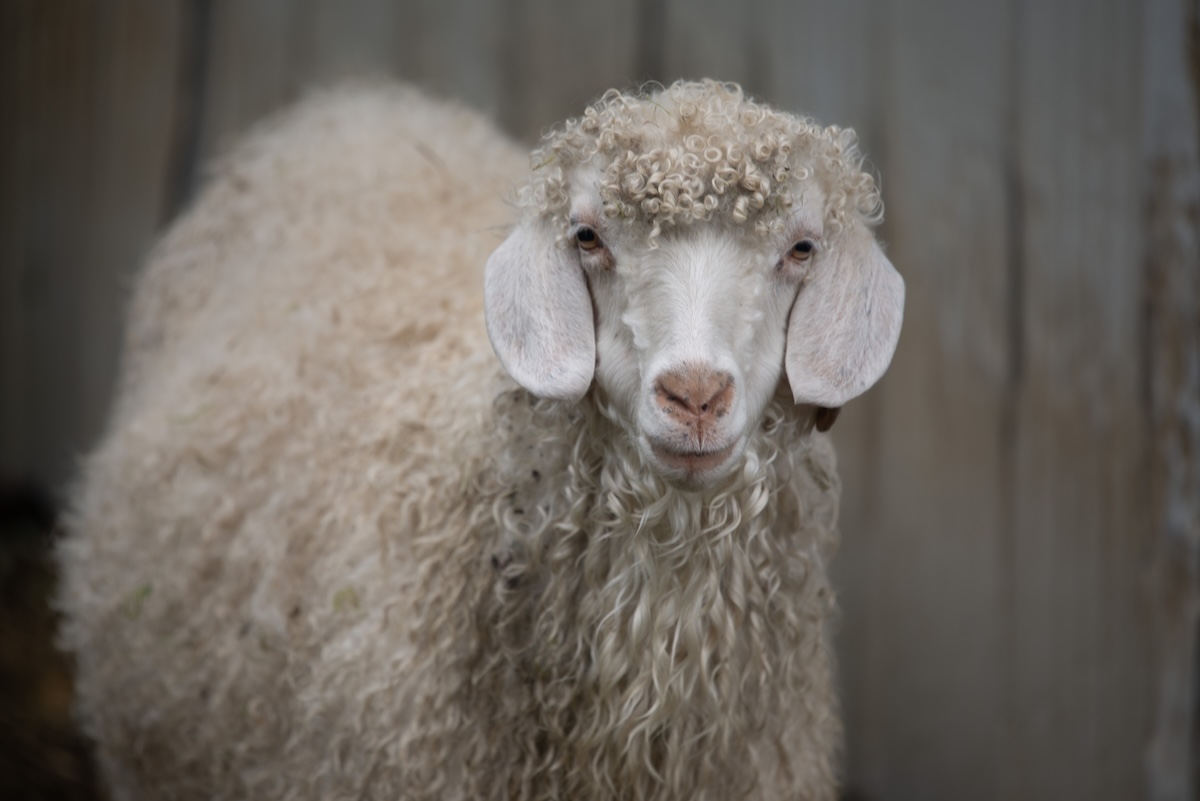
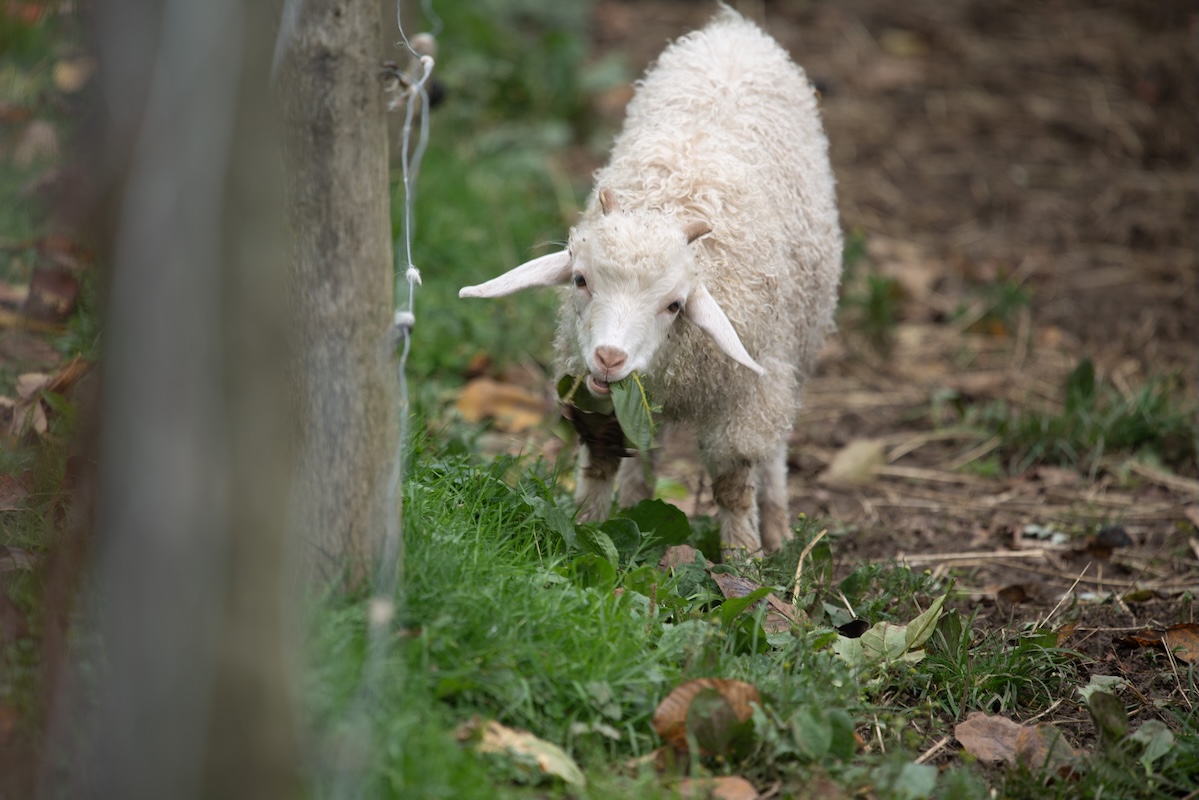
In the above pictures, note the difference in the curl pattern between the adult angora on the left and the young angora on the right. The fibre is shorter, and the curls are not quite as defined.
Brushed mohair sweaters were very popular in the 1980s, and I think we’re seeing this trend resurface because mohair is such a lovely fibre to work with. Mohair fabrics are wrinkle-resistant and tend not to attract or hold dirt. Like wool, mohair can absorb a great deal of water before it feels wet, yet the slick surface of the fibre is naturally water-resistant. Its hollow core means that the fibre is lightweight and incredibly warm, making it a cozy addition to your favourite winter pattern.
In recent years there has been an increase in seeing a kid mohair/silk lace weight yarn held double with a fingering weight yarn to create sweaters, such as the Ranunculus by Midori Hirose or the Love Note by Tin Can Knits.
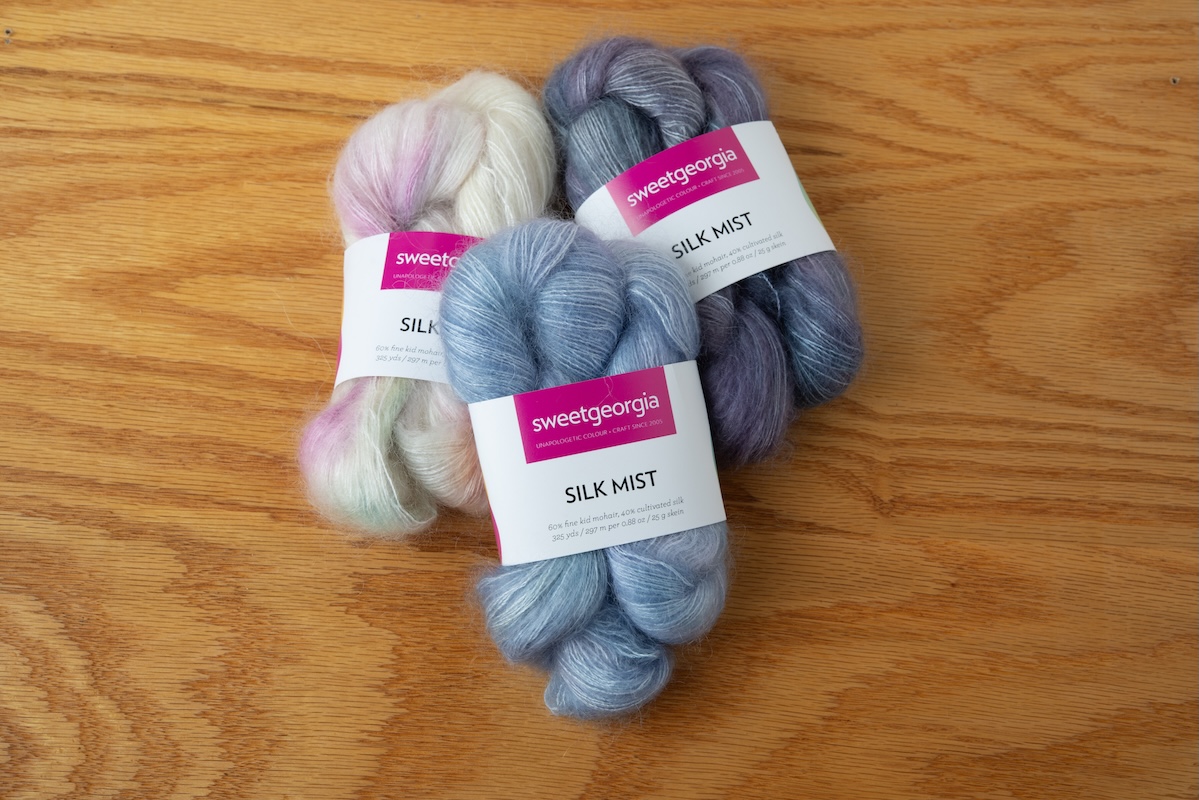
Mohair is very versatile in how it can be spun. When you see it spun with wool, it creates a very gentle halo. It can also be spun into a boucle yarn (mohair with little loops) or spun and then brushed out to really show off the halo. Personally, I love to weave and knit with a brushed mohair DK weight yarn to create cozy blankets. These blankets end up being lightweight but extremely warm. While the yarn that I work with for these blankets is blended with wool and nylon, mohair on its own is actually a great natural replacement for nylon. Historically, adult mohair was used in carpets and upholstery, where it was prized for its durability. With the recent push for more naturally sustainable fibres, we are starting to see sock yarns spun to use mohair in place of nylon to add a little more strength to the wool.
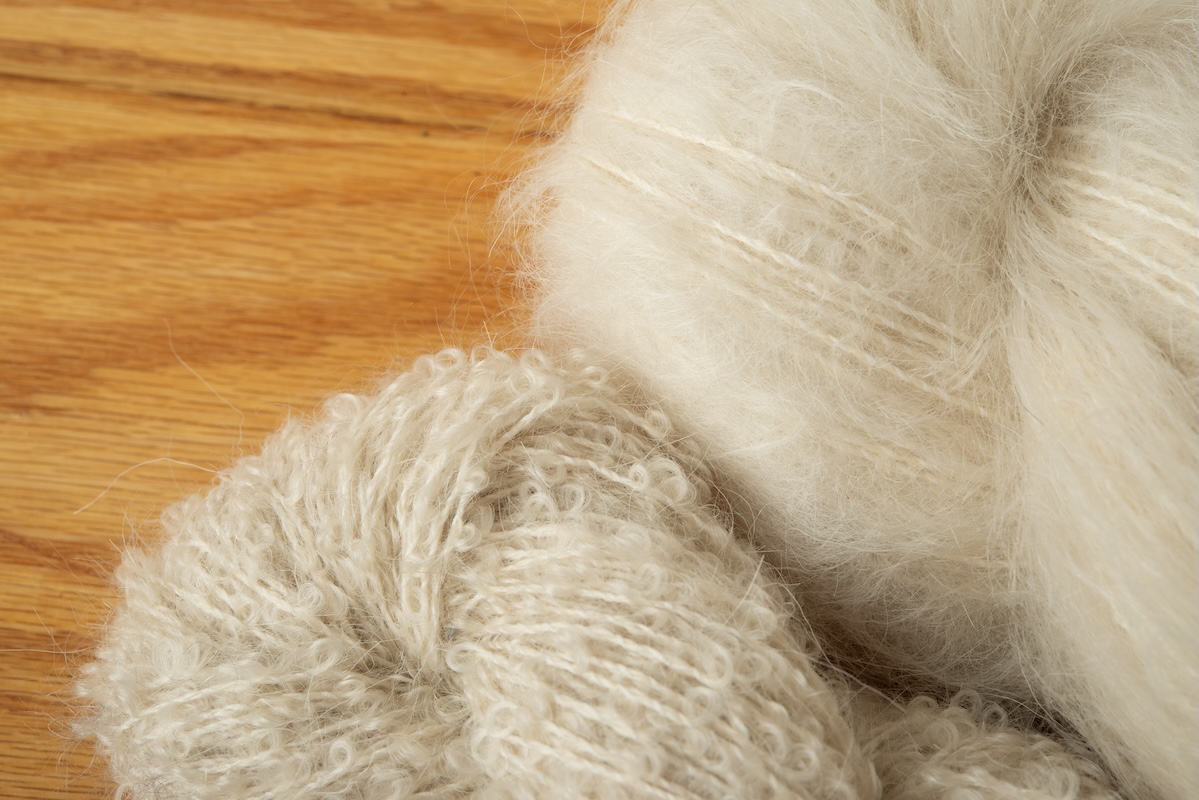
Cashmere Goat Yarns
Where mohair is durable, cashmere is soft. Cashmere originated in Kashmir, an area that used to refer to a high valley between two mountains in the Himalayas but that now encompasses a wider geographical territory, sandwiched between India, Pakistan and China. This region remains the source of the highest quality and softest cashmere that is available today. Due to the climate, the goats in this area produce their downy undercoat to survive the cold winters and shed that undercoat in the summer. Traditionally, this cashmere was collected by plucking or combing the undercoat at the beginning of the spring and summer before the hair overcoat would start to shed. Now, cashmere producers will shear their flocks, and the fibre will go through a de-hairing process to remove the hairs from the overcoat.
Cashmere is one of the most readily available luxury fibres, but there are a lot of imitations out there, so be sure to do some research before investing in 100% cashmere yarn to ensure you’re getting the real deal. Also, be aware that while 100% cashmere is incredibly soft, its low micron count and really short staple length do not make it a very hard-wearing yarn. It is better served for a shawl or scarf than a sweater, something that will keep you warm but not need to endure a lot of wear and tear. Like mohair, you will often find cashmere blended in with wool and other fibres. Even just 10% cashmere goat fibres will add a delightful softness to any yarn.
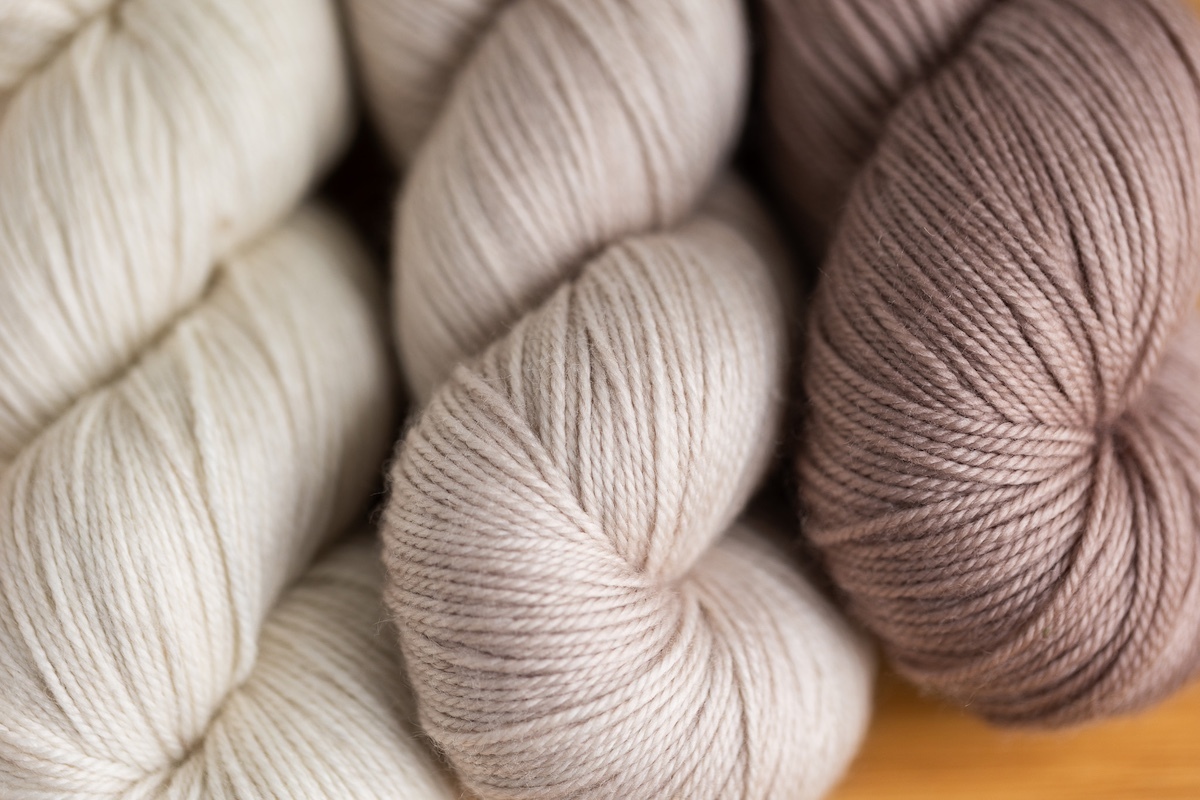
Pictured here, left to right, in Natural, Birch, and Tumbled Stone colourways.
Rare Luxury Yarns
Like a lot of knitters, I will often pick up souvenir yarn when I’m travelling. There are so many unique and wonderful fibres that are available in different regions that we don’t necessarily have easy access to at home. These treasures make for a great reminder of our time spent abroad. Sometimes, we are even treated to a new fibre, thanks to a friend or family member who brings back a yarn with them from their travels abroad.
My husband and I were the lucky recipients of some yarn from New Zealand that contained possum, which is surprisingly soft and incredibly warm. There is a rather interesting story behind the use of that fibre if you’re so inclined to Google it. As the world continues to “shrink” thanks to the internet, more and more of these rare or novelty fibres can find their way to our homes courtesy of our keyboards and global shipping.
If you really want to treat yourself, one of the finest and warmest natural fibres in the world is qiviut. This is the downy undercoat of the musk ox. Musk oxen are native to areas in the Arctic that can see temperatures dip down to -40 degrees Celsius and even colder when the wind chill is factored in, so this incredible fibre is needed to keep these animals warm. There is a company in Nunavut that specializes in using qiviut, along with the fur from arctic foxes and hares, in their offerings. They are a true luxury.
If you are seeking novelty in the yarn that you are working with, it really is at your fingertips now. I highly recommend that you keep in mind some of the knowledge I have shared about the properties of these different breeds so that all that time and energy you put into your project meets the best possible outcomes. Happy making!
Find more of Katrina’s articles here on SweetGeorgia and her courses at the School of SweetGeorgia!
The post Knit & Crochet with Goat (and Rare) Yarns! appeared first on SweetGeorgia Yarns.
Comments
Post a Comment